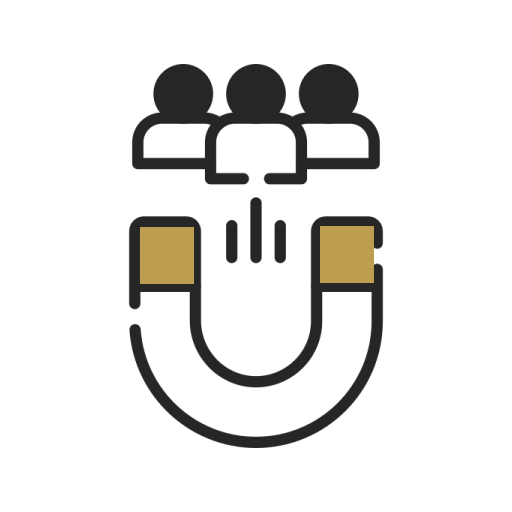Understanding Font Families in Web Design and Development
Designing and developing for the web requires a certain level of technical expertise, but it also demands creative skills. One of the most important aspects of design is selecting the right typeface or font that complements your website. However, using specific fonts can be challenging because different browsers and devices might not have those fonts installed. This is where font family comes into play. In this blog post, we will explore the definition of font families, their importance in web design and development, and how to choose the right one for your website.
What are Font Families?
In web design, font family refers to a group of fonts that share similar characteristics. For example, Arial, Times New Roman, and Verdana are all individual fonts that belong to the Sans-serif font family. The purpose of defining it is to ensure that the text on a web page appears consistently across different platforms. By providing a list of fallback fonts, the browser can automatically select the next best alternative if the first choice is not available. This ensures that the text remains legible and easy to read.
The Importance of Font Families in Web Design
Selecting a font family plays an important role in the overall look and feel of the website. It helps to define the mood, tone, and purpose of the content. The right font family can attract the audience’s attention, increase legibility, and improve the user experience. Using a specific font for headlines, body text, and other elements can create a cohesive design and make the content more visually appealing.
Choosing the Right Font Family
Choosing the right font family largely depends on the website’s audience, purpose, and the overall design aesthetic. Designers and developers must consider factors such as readability, accessibility, and scalability. While serif fonts are generally used for print, sans-serif fonts are more commonly used on the web because they are easier to read on various screen sizes and resolutions. Additionally, font families with a variety of styles and weights such as bold, italic, and condensed offer flexibility and variety in design.
Implementing Font Families in CSS
CSS (Cascading Style Sheets) is the tool that web designers and developers use to define the look and feel of the content on a web page. In CSS, font families are defined using the font-family property. For example, ‘font-family: Arial, sans-serif;’ means that the browser should use Arial as the first choice, but if it’s not available, it should fallback to any other sans-serif font. Including a range of font family options ensures that the text remains legible and consistent across various devices and web browsers.
Conclusion
In conclusion, font families play a significant role in web design and development. Choosing the right family can make a significant impact on the website’s aesthetics, legibility, and user experience. Knowing how to implement and use fallback fonts is essential to ensure that the content remains legible across multiple platforms. By taking the time to choose a font family that aligns with your website’s purpose and audience, you can create a more visually appealing design and enhance the user experience.
















